
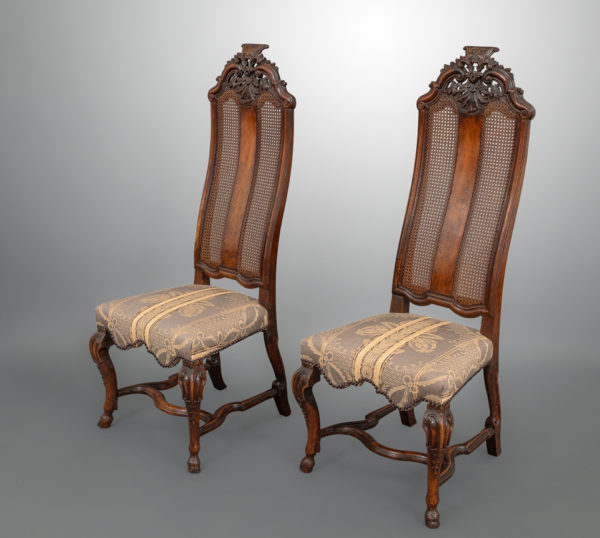
Pair of George I Walnut Side Chairs
Inventory Number: : 180-135 Price: SOLD
20 3/4 ins wide, 16 ins deep and 50 1/4 ins high; Seat 17 ins high
For more information please contact us
TELEPHONE. 917 414 1827
EMAIL. [email protected]
www.michaelpashbyantiques.com
© Michael Pashby Antiques.
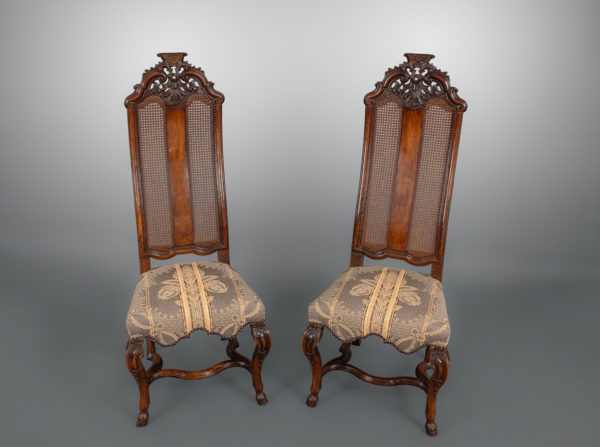 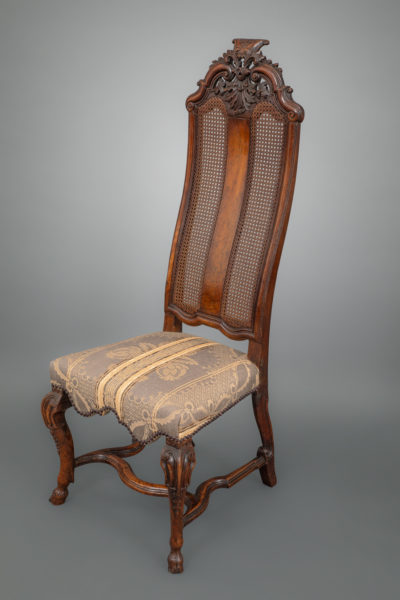 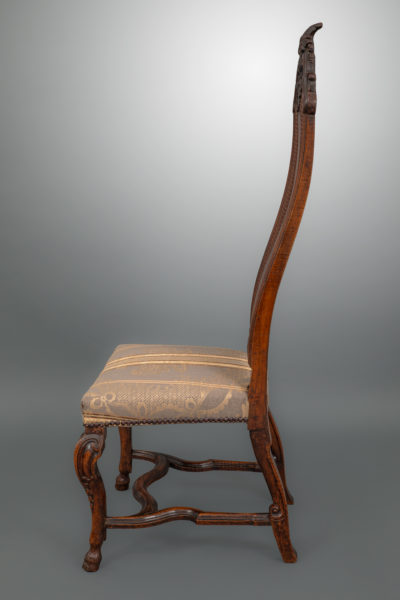 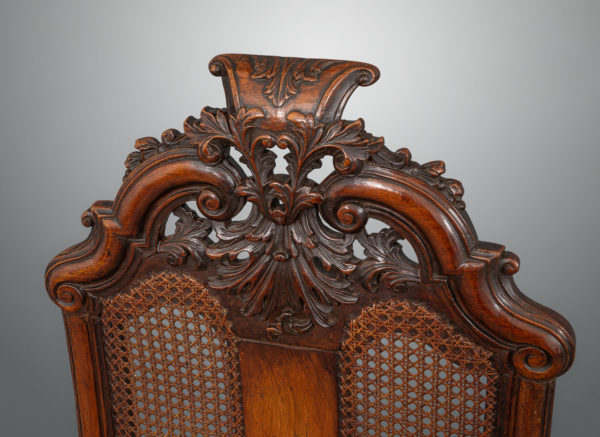 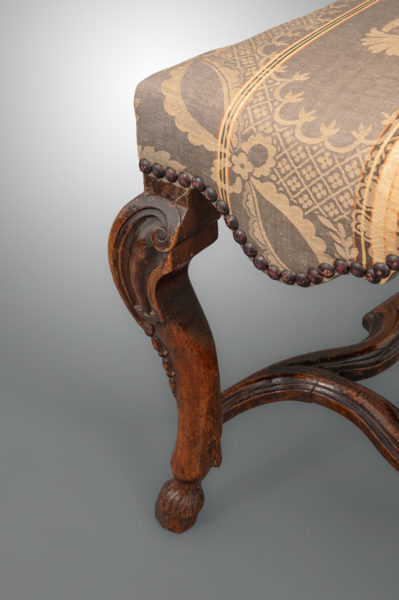 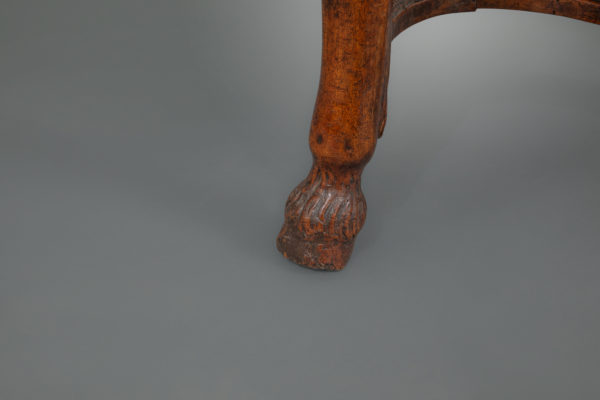 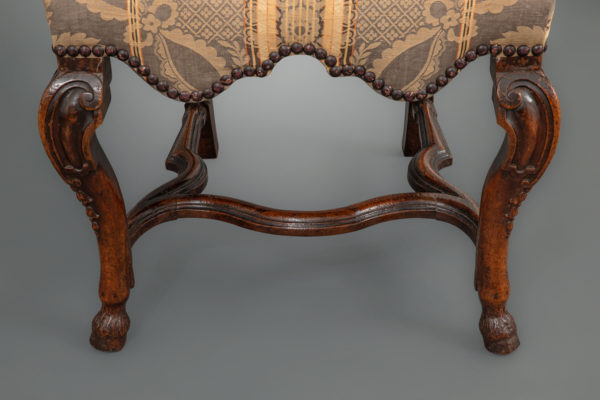
DESCRIPTIONA very fine quality and elegant pair of side chairs, each with foliate and scroll-carved pierced cresting above a curved backrest and splat with original caning over an over upholstered seat with shaped apron raised on channel-carved cabriole legs joined by a channel-carved shaped stretcher and terminating in hoofed feet.
These chairs are of a particularly pleasing design, are very well presented, and also are an interesting case-study in the dating of furniture. From first glance one may well feel that the chairs are William and Mary or William III. The cresting, the gap between the seat and the back splat, and the overall “feel” of the chairs seem late 17th century. Yet a number of elements point to a date of 1715 or thereabouts. The curvature to the back splat inspired by Chinese chairs was introduced only early in the 18th century; the stretcher to these chairs was unknown in the 17th century. As at that time the medial stretcher was always centered on the chair. The first example of this type of asymmetric medial stretcher was the George I coronation chair of 1714. Also around this time (1715-20) chairs of this quality developed strongly raked back legs. Therefore one can quite confidently place a date of c. 1715 on these chairs with the incorporation of the curved splat, the asymmetrical stretchers but lacking the heavily raked back legs.
London, England. c. 1715
|

